Corinne Tallote is Director of Innovation for TER regional trains, part of SNCF Voyageurs. Her team works on a daily basis to design, develop and trial innovative solutions addressing current and future challenges in rail passenger transport: meeting the growing demand for passenger mobility, relaunching highly local rail services and supporting the energy transition in rolling stock.
In her interview, Corinne talks about some recent innovation projects that have been deployed across the TER network. 👇

Corinne Tallote
Head of Innovation for TER regional trains, part of SNCF Voyageurs
Could you tell us something about the main avenues for strategic innovation for TER regional passenger trains and how they fit in with SNCF Voyageurs’ overall vision?
Our innovation strategy focuses on three key strands:
- Making innovation a distinctive feature of TER. Innovation allows us to reinvent ourselves throughout the course of contracts and develop bespoke bids to serve mobility authorities, meet the precise mobility needs of the 1.3 million passengers we welcome every day, and contribute to modal transfer and decarbonisation.
- Putting innovation at the heart of our business lines. Our approach aims to achieve breakthroughs in terms of costs, performance, reliability, environmental impact and customer service. Innovation enables us to integrate new technologies faster, taking into account everyday practices and changes in society as we do so.
- Making innovation a vector for commitment and a sense of pride. We’re adopting a collaborative innovation approach that involves our employees; this has proved its worth, enabling us to draw inspiration from grassroots ideas, strengthening commitment and our people’s pride in their work as we do so.
While rail transport is a long-term business, innovation is a way of us addressing short and medium-term issues by taking an experimental approach, even as we prepare the next three to five years with our local partners.
Can you give us some recent examples of especially impactful TER innovation projects? What are the expected or existing practical outcomes?
One practical example is the introduction of the first hybrid regional train, in service since the start of the year. The train’s performance is being evaluated as it operates routes in several partner regions in France: Occitanie, Nouvelle-Aquitaine, Grand-Est and Centre Val de Loire. It’s a tri-mode electric-diesel-battery hybrid that can cut energy use and CO2 emissions by up to 20%. Going forward, the system will also allow the use of biofuels (already being used in Normandy), helping to cut CO2 emissions still further. Next steps will include 100% battery-powered TERs and hydrogen-powered trains, with technical tests currently being caried out on the first of the latter.
In Nouvelle-Aquitaine, we’ve also developed JustGo, a way to simplify the passenger experience. This service offers go-as-you-please travel with fares paid on the basis of the number of journeys made. The basic concept is a simple one: board, travel, pay. This type of service promotes and encourages low-carbon mobility.
We’re also testing ‘nudges’ in the Bretagne and Sud regions. In response to major increases in passenger numbers, we’re looking at improving the distribution of passengers on board trains by designing and installing visuals in carriages to encourage passengers move to the upper level and free up standing room and seats taken up with luggage and other personal items. ‘Nudging’ is a non-mandatory approach based on behavioural science that is also typical of the way we go about innovation in our real-life experimentation.
How do you use new technologies such as AI and big data solutions to improve the passenger experience and operational effectiveness?
Rail operators can use artificial intelligence in a wide variety of ways. AI can improve passenger information by adjusting to real-time circumstances and mitigating problems in the implementation of transport planning, in particular by means of predictive maintenance. What is more, AI makes it possible to adjust train rakes to traffic forecasts. We can also predict the risk of slippage and anticipate problems relating to leaves on the line by using very short term, highly localised weather data and information about hydric stress on trees over a period of several years. Big Data is an essential tool when it comes to making this data available and usable by AI: artificial intelligence needs data in order to function.
How do you work with start-ups, tech firms and other partners to stimulate innovation? How do you engage TER users in the innovation process?
Our innovation initiatives lasting 12-18 months are designed to provide a quick test of solutions on the ground, evaluating technological uncertainties and seeing whether they are suitable for the market.
We work with startups and SMEs to mature simple systems before scaling them up. We also involve passengers in this process; for instance, the JustGo solution was put together with test passengers throughout the experimental phase using surveys, interviews in stations and on board trains and a dedicated hotline.
For projects lasting three to five years involving more significant industrial transformation, we work with partners in the rail industry and other sectors to explore breakthrough solutions. We also work as much as we can with partners such as schools and regional universities, suggesting mobility use cases. These partners enrich our own experience and that of students, and allow us to anticipate future travel habits.
What challenges do you see in the coming years for regional rail travel? How can innovation help address these challenges?
Our challenge is to continue to support the expansion of rail travel, which rose by 21% in 2023 compared to 2019 and is still rising. There is genuine demand for train transport, both for commuting and for tourism. This means we have to develop solutions in line with local expectations. Indeed, this is the aim of the innovation work we have been doing to develop offerings for sparsely-populated areas as well as for our Regional Express Services (Services Express Régionaux Métropolitains, SERM).
The second challenge is to develop sustainable solutions for our mobility authorities, including ‘bespoke’ services that are nevertheless based on an ‘off-the-shelf’ business model.
What do you expect from the participation of SNCF Voyageurs in a European mobility show like ours?
EuMo Expo is an opportunity for SNCF Voyageurs to present our latest innovations to mobility authorities and visitors. We’ll be unveiling our prototype solutions for highly local services. The event is also an opportunity to meet industrial firms and SMEs, find sources of inspiration, gauge technology maturity and devise new solutions together.
Corinne Talotte has been Head of Innovation for TER regional trains, part of SNCF Voyageurs, since 2021. Her mission is to encourage innovation and differentiation in responses to calls for tender. She holds a PhD in fluid mechanics from the École Centrale de Nantes graduate school and joined SNCF in 1995 as project manager for station and rolling stock aerodynamics and acoustics. In 2009 she became a manager for multidisciplinary teams made up of engineers, designers and data scientists. She launched the TECH4RAIL programme within Groupe SNCF’s Innovation & Research department; her coordination of the programme from 2015 to 2020 included three major projects for the decarbonisation of rail rolling stock. Corinne has also set up strategic partnerships within France and across Europe and developed the SYNAPSES network, which brings together 500 SNCF experts.
